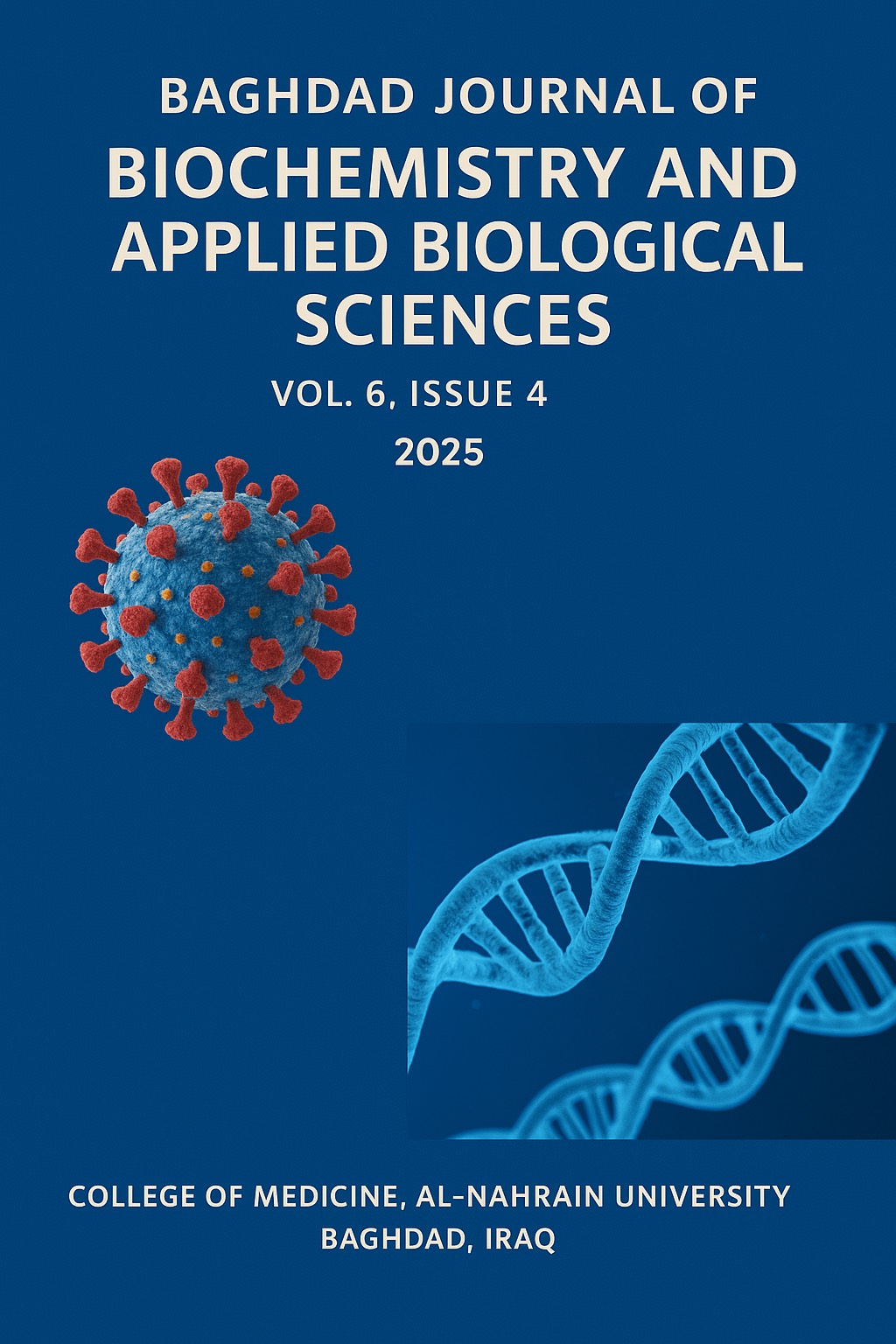Assessing the Effects of Blanching and Pickling on the Microbiological Quality and Nutritional Retention of Cabbage
A Comparative Study
DOI:
https://doi.org/10.47419/bjbabs.v6i4.345Keywords:
cabbage, BLANCHING, PICKLING, MICROBIAL QUALITY, nutritional composition, thermal processing, proximate analysisAbstract
Background: Cabbage is a widely consumed vegetable that is highly perishable and prone to
microbial contamination. Processing techniques such as blanching and pickling can improve
its safety and extend shelf life, but their effects on microbial quality and nutrient composition
require systematic evaluation.
Objective: This study investigated the impact of blanching at varying time–temperature conditions and pickling on the microbial safety and nutritional composition of cabbage.
Materials and Methods: Fresh cabbage samples were blanched at 80°C for 1 min, 85°C for 2 min,
90°C for 3 min, 95°C for 5 min, and 100°C for 7 min, or processed by pickling. A control sample
was left untreated. Microbial quality was assessed using standard microbiological techniques,
including enumeration of total heterotrophic bacterial counts (THBC), staphylococci (TSC),
fungi (TFC), and coliforms. Proximate composition (moisture, ash, protein, fiber, and carbohydrate) was determined using standard analytical methods.
Results: THBC progressively declined with increasing blanching temperature and duration,
with the lowest counts observed at 95–100°C, where bacterial growth was nearly inhibited
after week 3. Pickled samples showed a steady decline (4.6 × 10³ to 1.2 × 10³ CFU/g), while
controls retained high counts (>10⁵ CFU/g). TSC was effectively inhibited from week 2 at ≥90°C,
whereas pickling reduced counts by week 2. Fungal growth declined substantially at 90–95°C
(as low as 4.4 × 10² CFU/g), while coliforms were absent in all treated samples. Nutritional
analysis indicated that blanching enhanced crude protein and fiber retention, while pickling
increased moisture but reduced ash content. Carbohydrates remained relatively constant
across treatments.
Conclusion: Blanching, particularly at ≥90°C, and pickling significantly improved microbial
safety of cabbage while maintaining key nutrients. These findings underscore the potential of
both techniques as practical preservation methods for producing safe, nutritious, and shelf-stable cabbage products.
Metrics
Downloads
Downloads
Published
Issue
Section
License
Copyright (c) 2025 Nnenna Omorodion, Adikea Ezinne H.

This work is licensed under a Creative Commons Attribution 4.0 International License.
The authors retain all proprietary rights, including copyright, such as patent and trademark rights and rights to any process or procedure described in the article.









